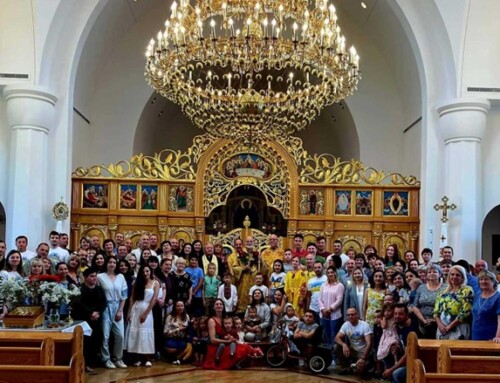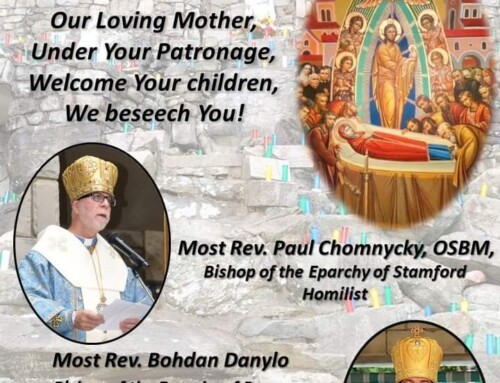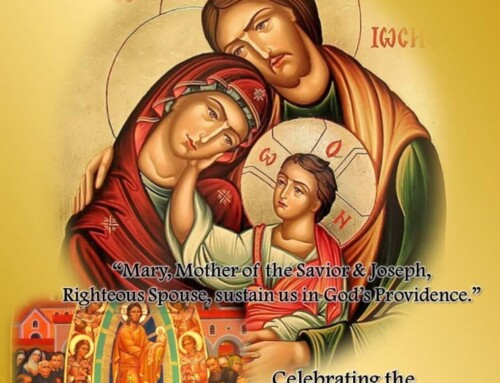Almost as soon as Christianity became an established religion, groups and individuals began to visit sites with a special connection to the Church and its Creator. The first historically documented pilgrimages were to the Holy Land, specifically to sites inextricably intertwined with the birth, life, death, and resurrection of Jesus Christ. Over the centuries, the concept of pilgrimage was broadened to include Rome (and especially the Vatican as the center of the Universal Catholic Church); places associated with individuals who had a significant role in shaping or defending or dying for the faith; and places like Lourdes and Fatima, where the Virgin Mary appeared to young children and exhorted them to pray and lead others to pray for the good of humanity.
The pilgrims came (and still come) seeking blessings, miracles, peace of mind, comfort, hope, reconciliation, and peace on earth. Some pray aloud in the language of their native countries; some pray silently in the universal language of the heart seeking solace and direction. Many of these supplications are directed at Mary, arguably the most beloved and trusted emissary of Christ, the Mother of God, who is venerated throughout the world as Healer and Protectress. And it is Mary who became and remains the beloved core of the annual pilgrimages hosted by the Sisters of the Order of St. Basil the Great, Jesus, Lover of Humanity Province. ,
The tradition began in 1931, a mere two decades after the first Basilian Sisters came from Ukraine to the United States of America to help a young Bishop Soter Ortynsky minister to a flock of Ukrainian Catholic immigrants. This first pilgrimage was a modest affair, organized by students of St. Basil Academy, which had been founded by and was administered by the Sisters under the guidance of Mother Josaphat Theodorovych and Mother Maria Dolzycka. The girls were so moved by the beauty of the event that they invited their mothers to join them for a second pilgrimage the following Sunday. Thus, on the second Sunday of May that year, Mother’s Day, twelve mothers and twelve daughters joined the community of Sisters in a procession to the Grotto of Our Lady of Lourdes, situated on the beautiful grounds of the newly constructed Basilian Motherhouse. They prayed the rosary, sang hymns, and chanted in unison the responses to the Moleben Akathist.
Eighty-five years later, the pilgrimage continues. Evolving over the decades, it has become a well-advertised, well-organized, well-planned, and well-attended annual event that attracts hundreds of people, each of whom comes seeking something in the centuries’ old tradition of pilgrims everywhere. This year’s pilgrimage, hosted by the Sisters, is focused on the Blessed Virgin with “Mother of Mercy” as the chosen theme.
Among the many participants in this year’s pilgrimage will be students and young people representing the Ukrainian youth organizations Plast and SUM (CYM), elderly men and women who have attended the pilgrimage for decades, families who have made the pilgrimage an annual event, neighbors and friends of the Sisters—all united in faith and all focused intently on the shared blessings of the day. Among the many special activities planned is the traditional procession to the Grotto for the much-anticipated healing and anointing ceremony, which traces its roots to the earliest days of Christianity. The Divine Liturgy will be celebrated by the Most Reverend John Bura and other Ukrainian hierarchy. The homilist will be Very Reverend Archpriest Mykhailo Kuzma, Vice-Protopresbyter, from the Immaculate Conception Church in Palatine, Illinois.



